Amazon Mom is a program that has some nice perks for parents (open to anyone… mom, dad, grandparent, or caretaker). The main draw is the 20% off diapers & wipes (5% Subscribe & Save discount + 15% Amazon Mom discount) and the fast shipping.
If you already pay for Amazon Prime at $99 a year, you can sign up for Amazon Mom for free. New Prime/Mom members are eligible for a 3-month free trial of Prime (must not have had free trial previously on your account) where you’ll also get the free 2nd-day shipping of Prime but not the video streaming or free Kindle book borrowing. Canceling is easy, you can even cancel the trial ahead of time while still getting the remainder of your 3 months.
Right now, new Amazon Mom members with free or paid Prime who join between March 27, 2014 and April 10, 2014 get 50% off their first pack of eligible diapers. You can still use Subscribe & Save to lower the price even more. Details in link.
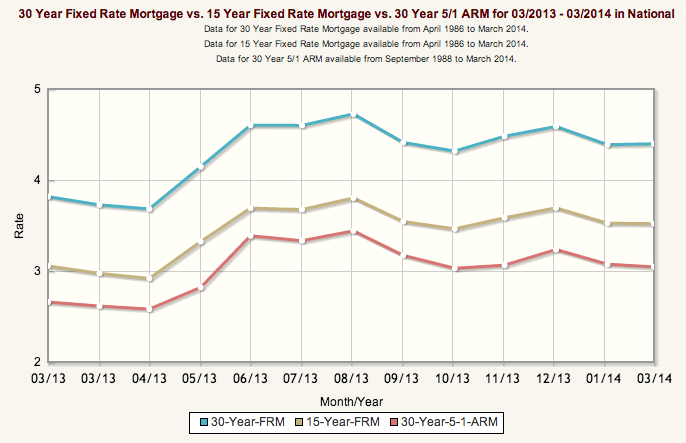

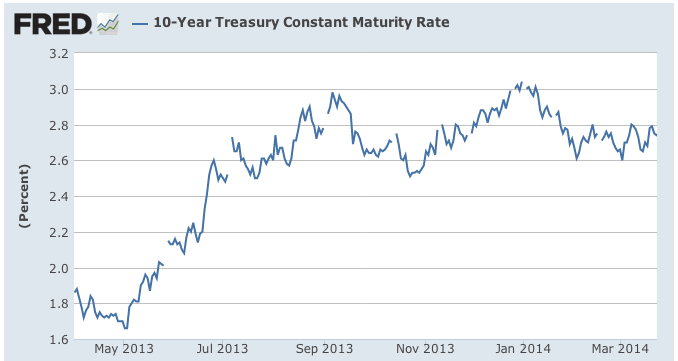
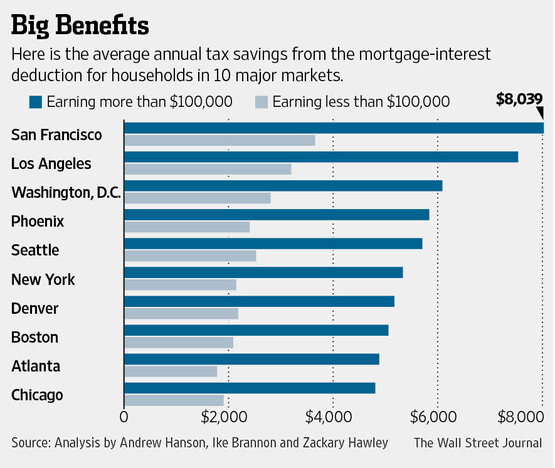
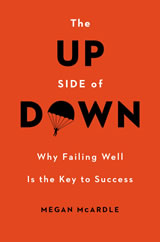
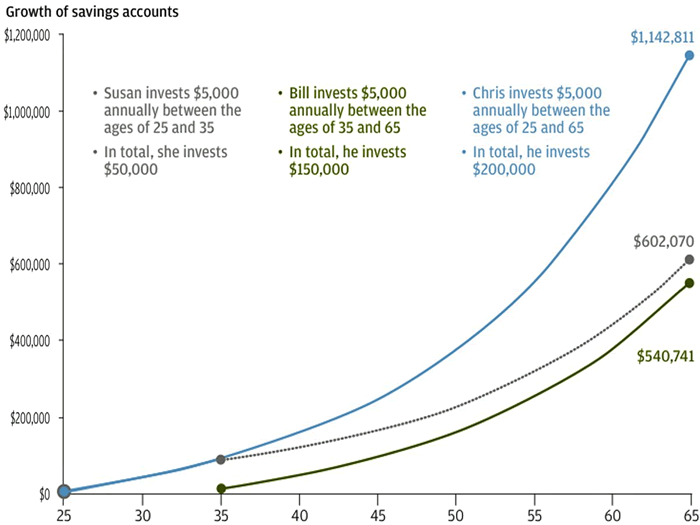
 American Airlines has a new
American Airlines has a new 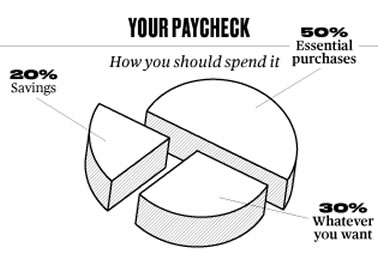
 Weekly business newspaper Barron’s just released their
Weekly business newspaper Barron’s just released their 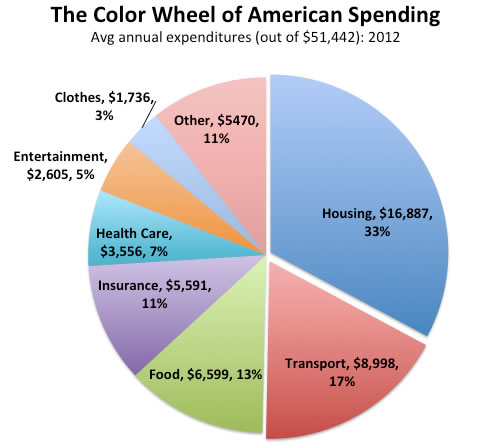
 Update: Get
Update: Get  Kapitall is basically a brokerage with a user interface like a video game. Their motto is “Drag, Drop, Trade. It’s that simple.” I don’t think the idea of equating stock trading with a game is a good lesson for long-term investors, so I’m not a big fan. In general, the more a person trades, the lower their returns.
Kapitall is basically a brokerage with a user interface like a video game. Their motto is “Drag, Drop, Trade. It’s that simple.” I don’t think the idea of equating stock trading with a game is a good lesson for long-term investors, so I’m not a big fan. In general, the more a person trades, the lower their returns.  The Best Credit Card Bonus Offers – March 2024
The Best Credit Card Bonus Offers – March 2024 Big List of Free Stocks from Brokerage Apps
Big List of Free Stocks from Brokerage Apps Best Interest Rates on Cash - March 2024
Best Interest Rates on Cash - March 2024 Free Credit Scores x 3 + Free Credit Monitoring
Free Credit Scores x 3 + Free Credit Monitoring Best No Fee 0% APR Balance Transfer Offers
Best No Fee 0% APR Balance Transfer Offers Little-Known Cellular Data Plans That Can Save Big Money
Little-Known Cellular Data Plans That Can Save Big Money How To Haggle Your Cable or Direct TV Bill
How To Haggle Your Cable or Direct TV Bill Big List of Free Consumer Data Reports (Credit, Rent, Work)
Big List of Free Consumer Data Reports (Credit, Rent, Work)